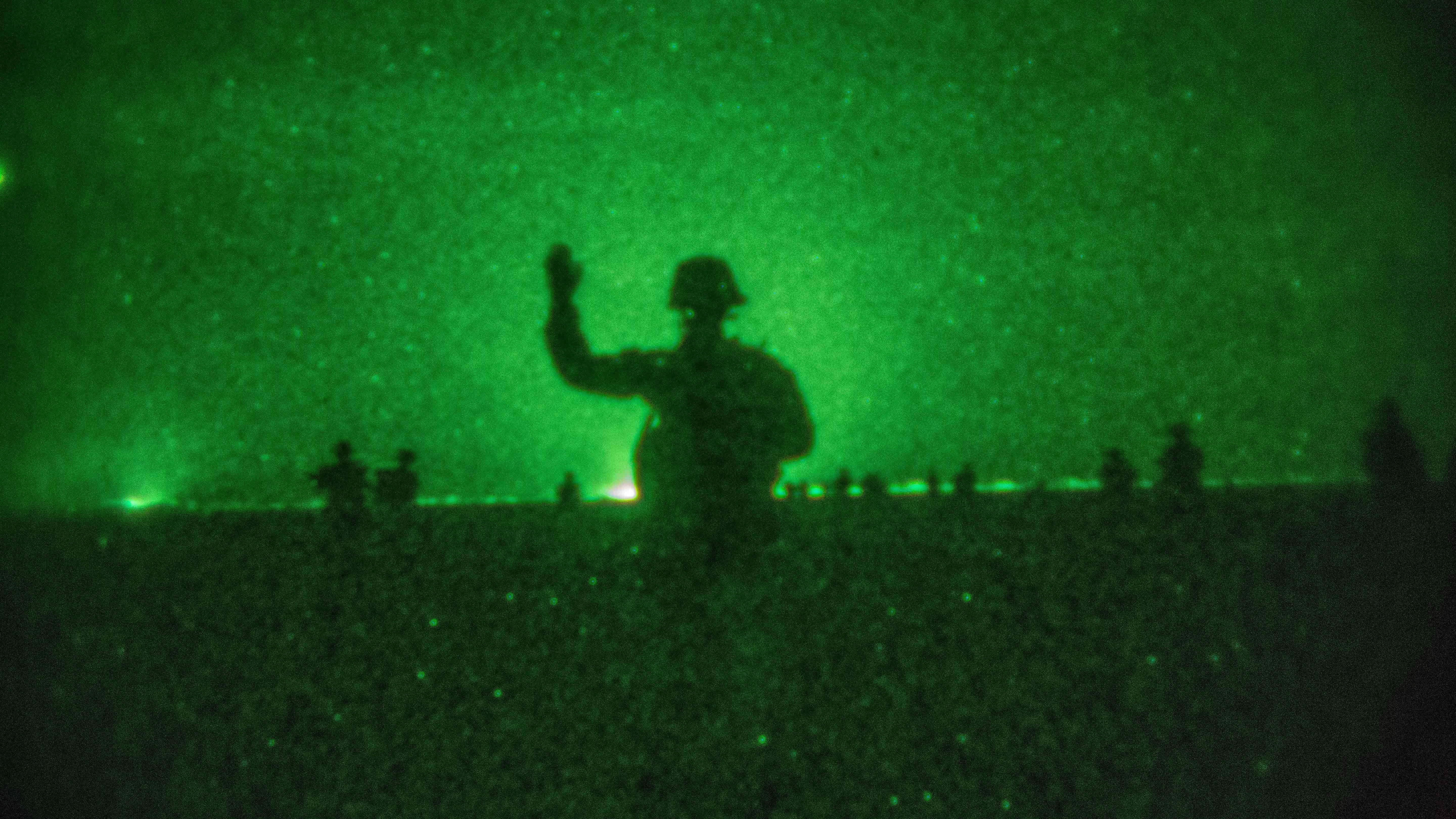
The new year began with no U.S. aircraft carrier and carrier strike group on watch in the Middle East.
The Eisenhower Carrier Strike Group returned home two days earlier, having spent four of its seven-month deployment in the U.S. 5th Fleet region conducting missions and strikes against Islamic State militants in Iraq and Syria after 10 days of operations from the Mediterranean while in U.S. 6th Fleet.
The late-November exit of Eisenhower (CVN-69) from the Persian Gulf created a carrier gap that remains today, pending the arrival of USS George W.H. Bush (CVN-77). Bush left Norfolk, Va., on Jan. 21 and today was transiting the Atlantic on course for the Mediterranean.
But the volatile Middle East region wasn’t devoid of U.S. military projection from the sea. For almost two months – and through the nation’s transition to a new administration – the 11th Marine Expeditionary Unit, aboard the three-ship Makin Island Amphibious Ready Group, has been standing post.
No doubt aircraft carriers draw much attention, their fighter jets with firepower and surveillance extending the range of U.S. influence and military might. But amphibious forces at sea provide a formidable presence, too, although they might not be as noticed or tracked as the larger nuclear-powered carriers. Since Nov. 30, when it arrived in U.S. 5th Fleet, the 11th MEU’s expeditionary combat force of 2,400 Marines and their cohort of attack jets and helicopters and supporting naval forces with Amphibious Squadron 5 have been the tip of the spear, ready to respond when ordered.
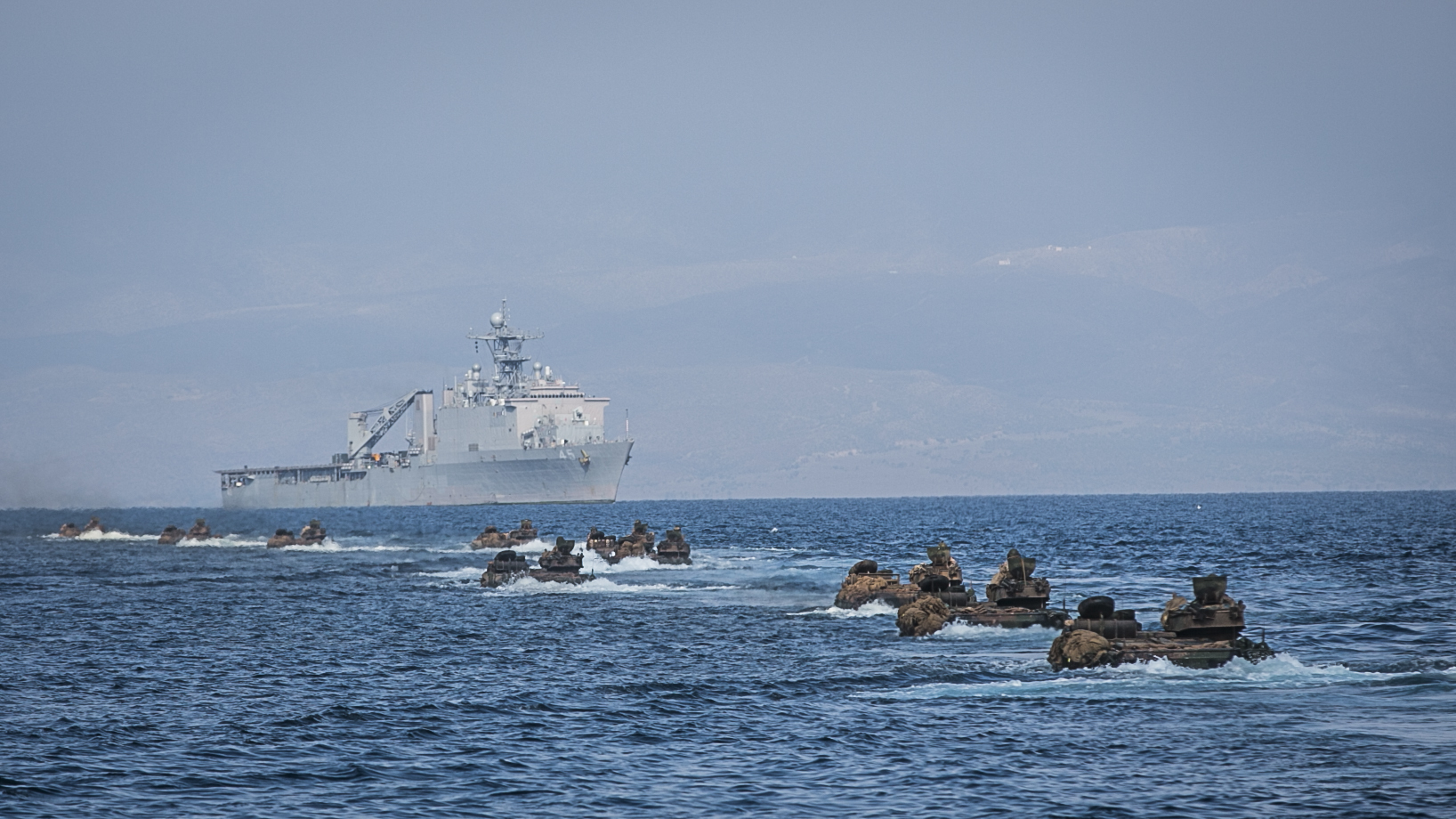
The blue-green force falls under Commander, Task Force-51 and 5th Marine Expeditionary Brigade while in the region supporting U.S. Central Command and 5th Fleet. Marines and Sailors are ready “to conduct complex amphibious operations across the ARG,” Marine Col. Clay Tipton, commander of the Camp Pendleton, Calif.-based 11th MEU, said in an email response to USNI News. “Additionally, we are planning for multiple contingencies to ensure if/when we get the call to action, we’re ready to go accomplish the mission.”
“We are operating in a dynamic part of the world during turbulent times. Currently, we are supporting several missions over vast distances,” Tipton said. “Because we have to be prepared to support any number of missions, I tell the Marines, stay focused mentally and hardened physically, keep your MOS proficiency sharp, maintain your combat mindset, know we could get the call to action at any moment and continue your high performance all the way through this deployment, so you can return home with no regrets.”
The 11th MEU, a Marine air-ground task force, left San Diego on Oct. 14 for a scheduled deployment with amphibious assault ship USS Makin Island (LHD-8), amphibious transport dock USS Somerset (LPD-25) and dock landing ship USS Comstock (LSD-45). In its trek west across the Pacific, the amphibious force did some sustainment training in Hawaii, joined in bilateral training in Japan, Malaysia and Sri Lanka and restocked in Singapore, getting a visit from then-Navy Secretary Ray Mabus.
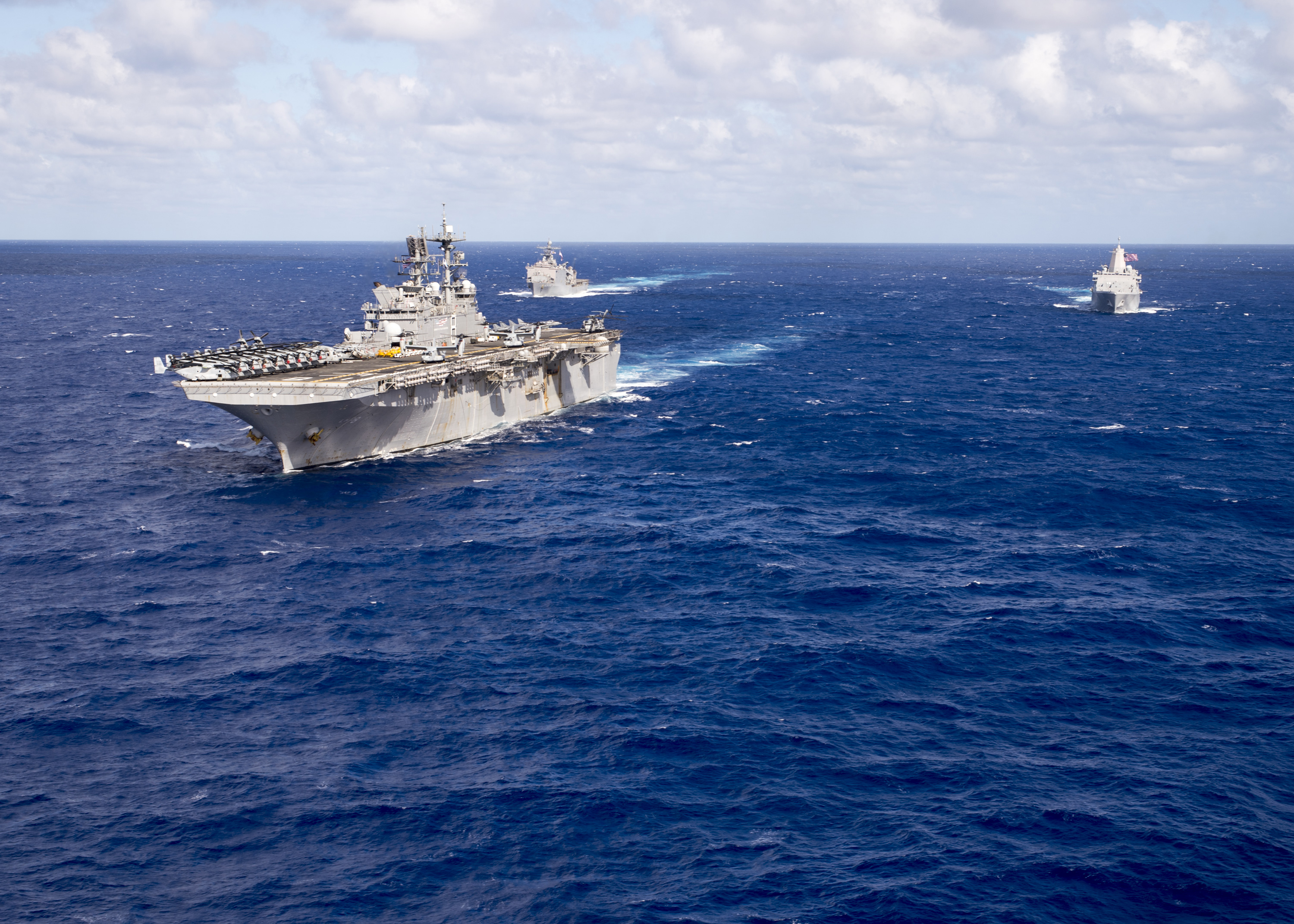
Once in 5th Fleet, the 11th MEU and Makin Island ARG replaced the Wasp ARG, the three-ship force from Norfolk, Va., carrying the 22nd Marine Expeditionary Unit from Camp Lejeune, N.C. Those forces returned home just days before Christmas, ending a deployment that included Operation Inherent Resolve strike missions against the Islamic State.
Officials declined to discuss current or future operations of the 11th MEU and Makin Island ARG. “Navy and Marine Corps forces are in high demand from combatant commanders for all of the flexibility and capabilities their presence brings,” U.S. Naval Forces Central Command said in a statement. “CENTCOM and NAVCENT have prepared for and have worked to adequately resource priority missions to minimize and mitigate any reduction in theater-wide capabilities.”
The blue-green force “remains ready to support OIR, however, or any emergent requirements as directed,” said Lt. Col. John Gianopoulos, the 11th MEU operations officer, in the email response.
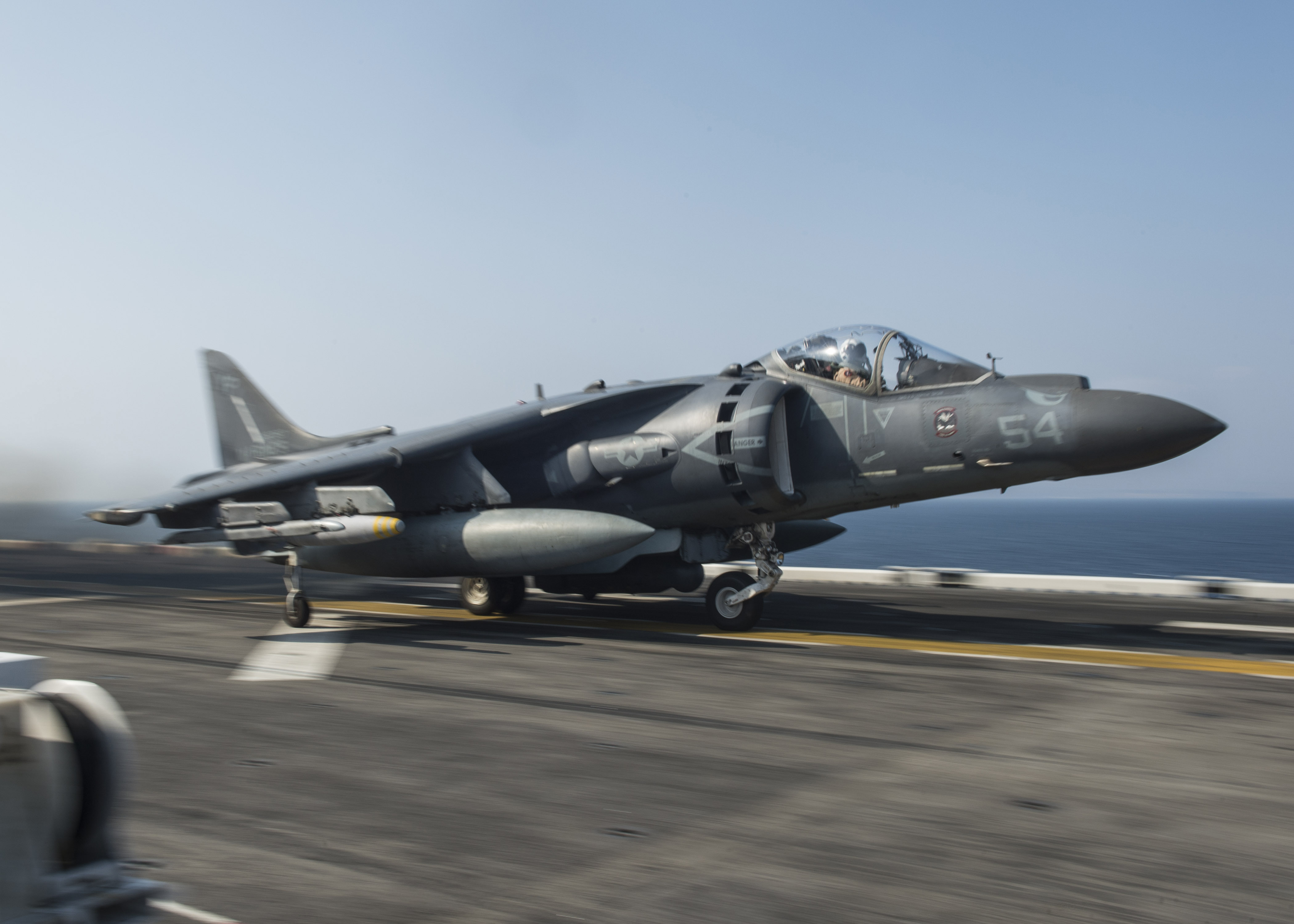
“While we can’t speak to specific operations, I can tell you we are prepared to respond when called upon and ready to work with international and regional partners to ensure the free flow of commerce through the Strait of Bab el-Mandeb,” Gianopoulos said, referring to the waterway between the Red Sea and the Gulf of Aden and one of the key missions that naval expeditionary forces can do for regional combatant commanders.
“We have our standing, no-fail, alert missions, such as maritime interception operations, tactical recovery of aircraft and personnel, quick reaction force and casualty evacuation,” he said. These include 13 different missions such as amphibious raids, air strikes, airfield or port seizures, U.S. embassy reinforcement, maritime security, noncombatant evacuation operations and humanitarian assistance operations.
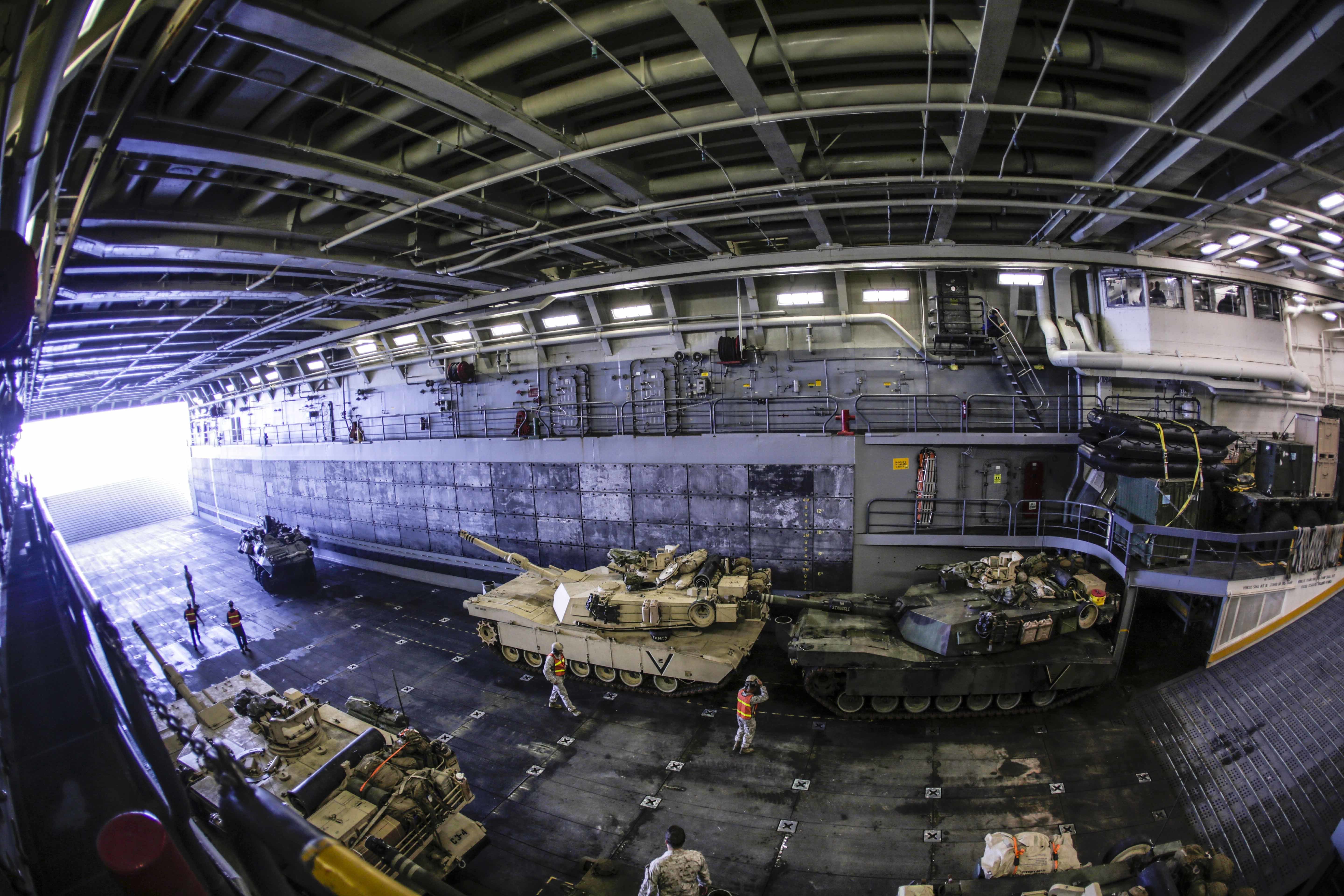
Soon after arriving in 5th Fleet, the 11th MEU and Makin Island ARG spent several weeks training for those potential missions during Alligator Dagger, a unilateral exercise held in Djibouti. “Every section of the MAGTF had a chance to perform combat sustainment training,” Gianopolous said, and they operated with all three amphibious ships.
Infantry Marines operated from amphibious assault vehicles, a platoon of M1A1 Abrams tanks did live-fire training and combat logistics teams ran resupply convoys to support Marines ashore.
“The entire exercise and all materials needed, food, water, ammunition, fuel, and batteries, to sustain a 1,500-strong force came from the ships,” he said. “This is the unique capability of the Navy/Marine Corps’ amphibious forces; to project power from the sea and sustain it long enough to accomplish the mission.”
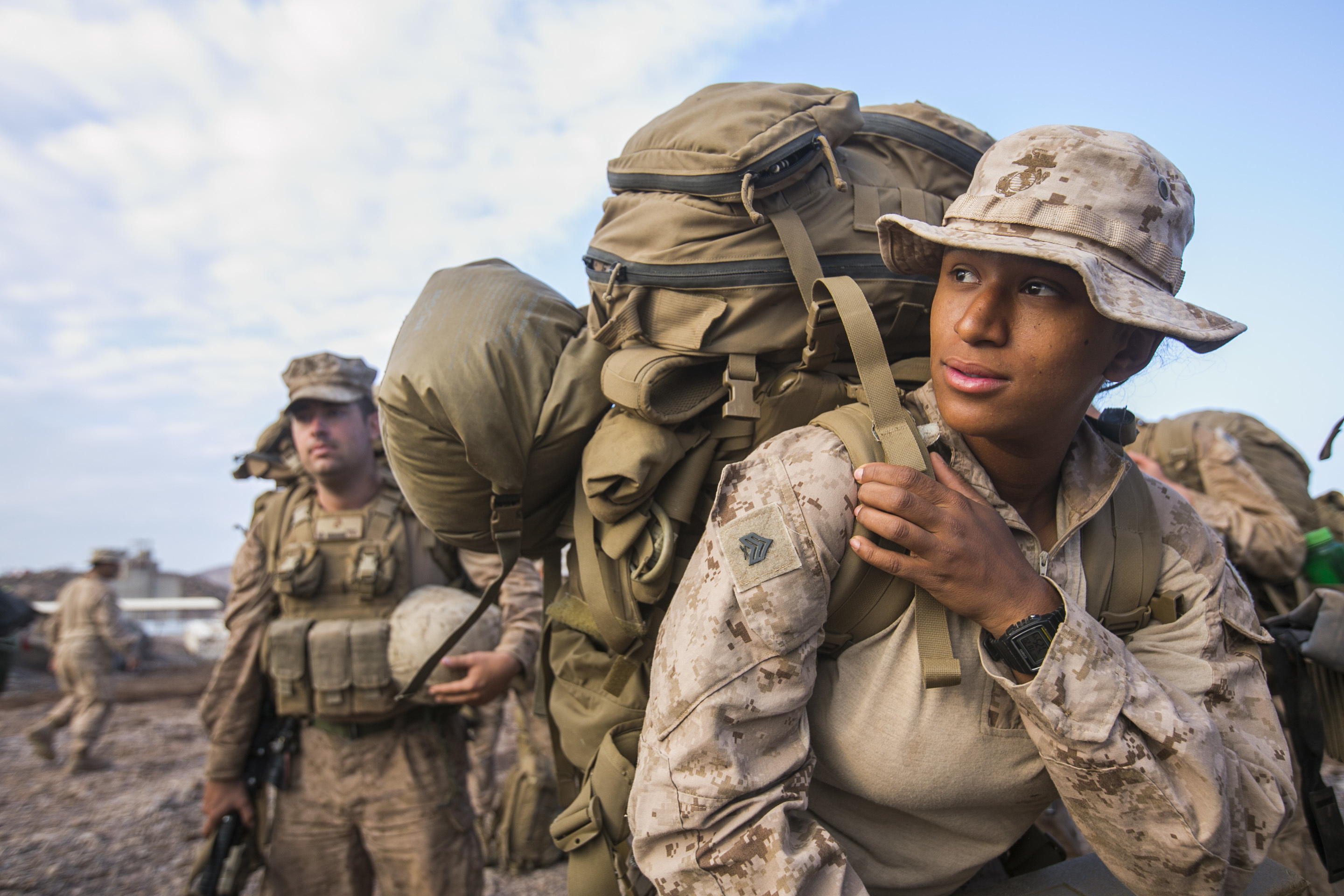
The exercise kept the MEU’s aircraft busy, officials said. Its AV-8B Harrier jets flew strike and reconnaissance training missions, CH-53E Super Stallion helicopters did external lifts and AH-1Z Super Cobra and UH-1Y Huey helicopters provided close-air support to the maritime raid force practicing visit-board-search-seize missions in the Gulf of Aden, among other training events. The exercise’s culminating event, officials said, was a night-time heliborne raid from Makin Island with every aircraft type that carried and supported Marines in a mock raid against an enemy communications facility.
“Alligator Dagger was a rare opportunity to exercise the whole MEU, the entire Marine Air-Ground Task Force spread across all three ships of the ARG,” Tipton said. “The ability to maneuver from the sea and project power ashore gives our nation additional options when dealing with complex issues.”
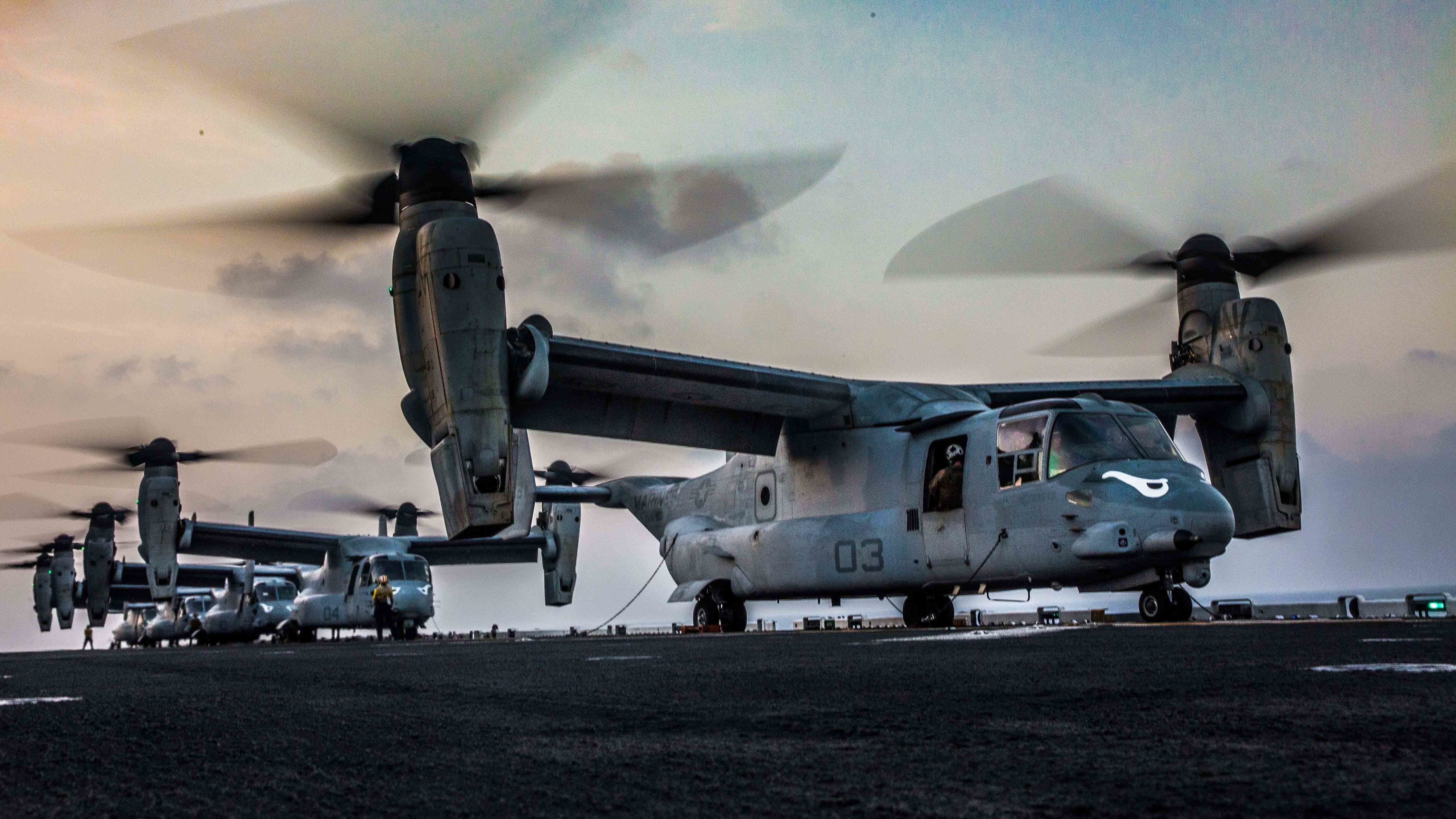
“In today’s complex operating environment, you have to be forward deployed to make a difference,” the colonel added. “Right now in U.S. 5th Fleet, the MKI ARG/11th MEU is that presence, that show of force, and if needed, that hardened combat force that is ready to take on any adversary.”





